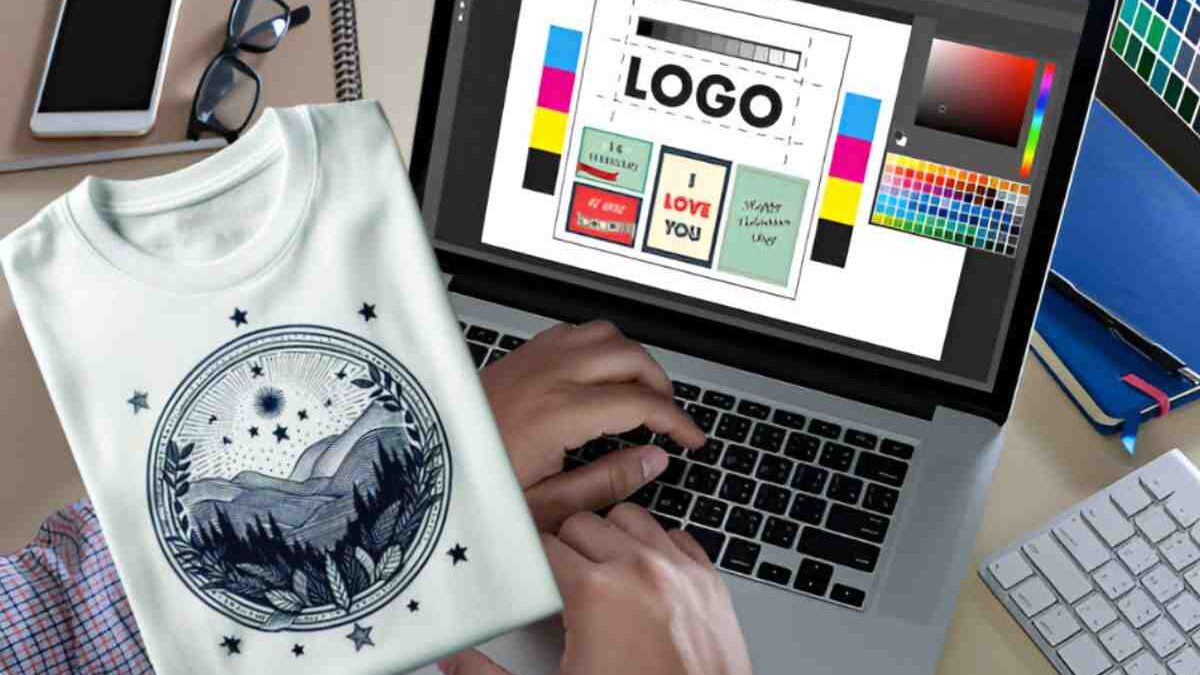With cloud computing, AI, and blockchain becoming everyday technologies, screen‑printed t‑shirts might seem like old‑fashioned creativity. But they are far from it. Technology is now reshaping even the simplest parts of our culture — including t‑shirts.
From Silicon Valley startups to individual artists selling online, t‑shirts have become more than clothing. They are now high‑tech canvases for expression, storytelling, and innovation. Welcome to the place where cotton meets code.
Table of Contents
The Digital Evolution of the T-Shirt
Screen printing used to be fully analog and time‑consuming. Now, digital design software, AI‑generated art, and web‑to‑print tools have transformed the industry.
Digital screen printing blends traditional printing with modern digital technology. It allows on‑demand, high‑quality printing with smaller production runs. This means more customization and less waste.
Companies like Printful and Printify use cloud and API technology to connect with e‑commerce platforms. This lets entrepreneurs print and ship custom t‑shirts without holding stock. The result? Faster, smarter, and more flexible t‑shirt production.
Coding Identity into Cotton
Today, a screen‑printed t‑shirt is more than fashion — it’s identity.
-
Coders wear shirts with coding jokes or GitHub references.
-
Hackers choose vintage “Hello World” prints.
-
Designers sport Pantone color palettes.
These shirts are cultural symbols — wearable signs of belonging to a digital tribe. As the physical and virtual worlds merge, t‑shirts are becoming an extension of personal identity and online culture.
Smart Shirts: Where Fashion Meets Technology
Screen‑printed t‑shirts are becoming more than static designs — they are turning into interactive technology.
Using conductive ink (similar to printed circuit boards), shirts can now respond to the environment. Imagine:
-
A band’s t‑shirt that lights up with music at a concert.
-
A business t‑shirt that shows a changing QR code linking to a product or portfolio.
Some t‑shirts now contain NFC chips, letting you tap your phone against the shirt to instantly view a LinkedIn page or product showcase. These innovations make t‑shirts interactive experiences instead of just apparel.
Sustainability: Ethical Printing for the Future
Technology is also helping make t‑shirt production more eco‑friendly. Consumers want to know their clothes are ethically made, and tech is making it possible to track every step.
-
Blockchain verifies ethical sourcing of materials.
-
AI helps reduce ink waste.
-
Eco‑friendly inks and fabrics are now mainstream.
On‑demand printing reduces overproduction. Micro‑brands can thrive without waste. Recycled fabrics and online delivery create a circular economy, where t‑shirts are reused and repurposed.
Building Brand Stories Through Clothing
In a digital world, stories matter. Screen‑printed t‑shirts are wearable narratives that connect to culture online.
Tech brands understand this:
-
Apple’s WWDC tees become collector items.
-
The Boring Company sold thousands of “Flamethrower” shirts before launching the product.
Creators use t‑shirts as rewards for followers, turning them into physical tokens of loyalty. A well‑designed shirt bridges the gap between digital content and real‑world connection.
The Future: AI & Hyper‑Personalization
Soon, t‑shirts will not just be designed by humans or printed by machines. They will be co‑created with AI. Tools like Midjourney, DALL·E, and Adobe Firefly already make generative design possible at scale.
AI will allow personalization far beyond color and size. Shirts could be designed based on your style, past choices, or even your mood.
With AR try‑ons and VR previews, buying a t‑shirt could become an immersive experience. Soon, the shirt you wear will not just reflect your taste — it could reflect your personal algorithm.
Conclusion: T-Shirts as a Tech Canvas
Screen‑printed t‑shirts have always been about creativity, identity, and culture. Today, technology is making them more than clothing — turning them into smart, interactive, eco‑friendly canvases.
A t‑shirt is no longer just cotton and ink. It is code, information, and connection between the digital and real worlds.

